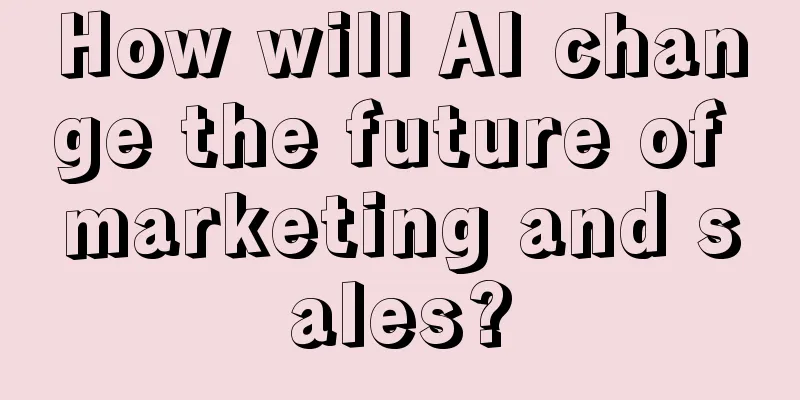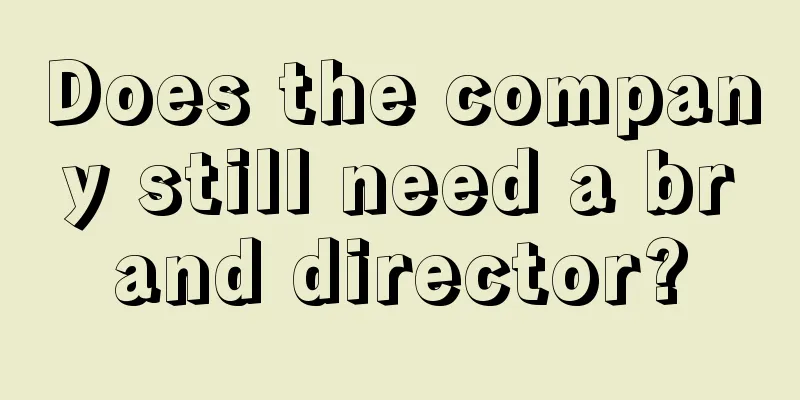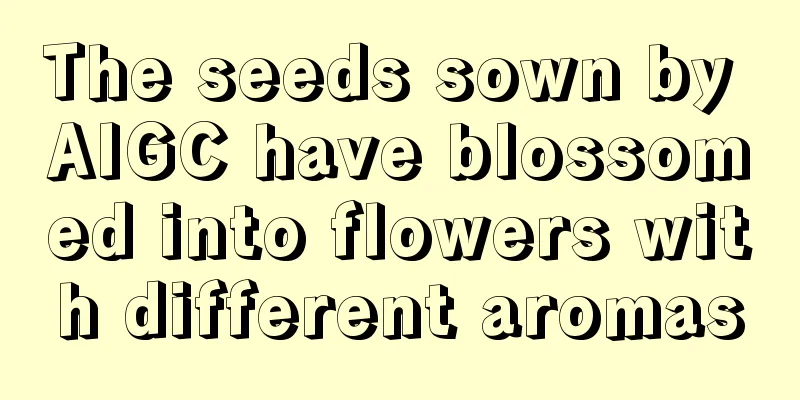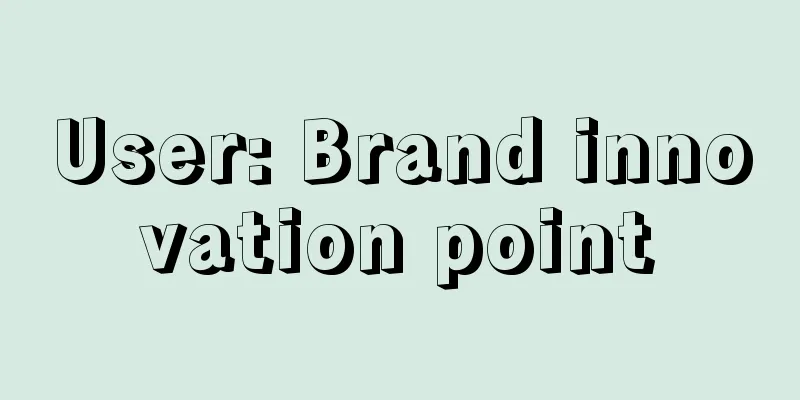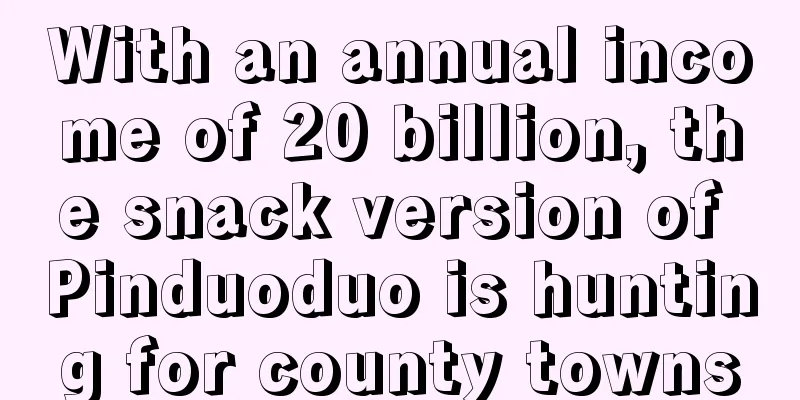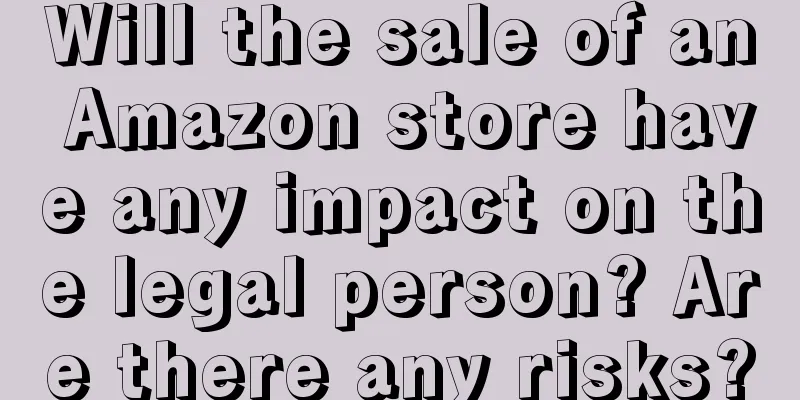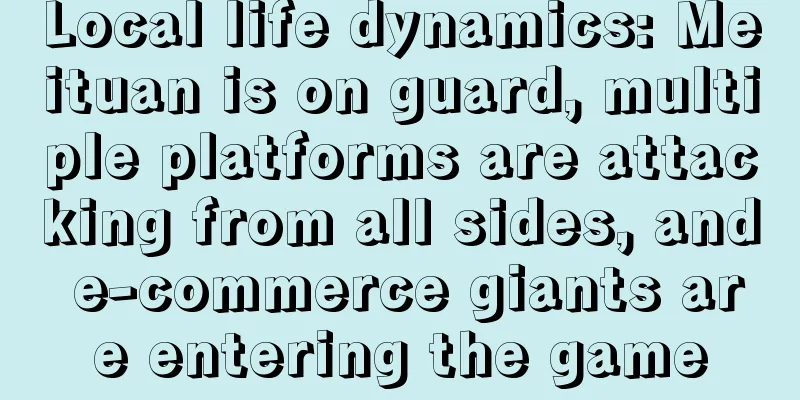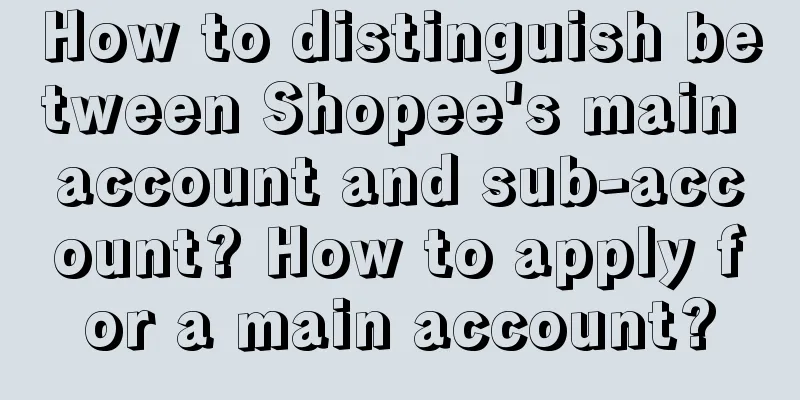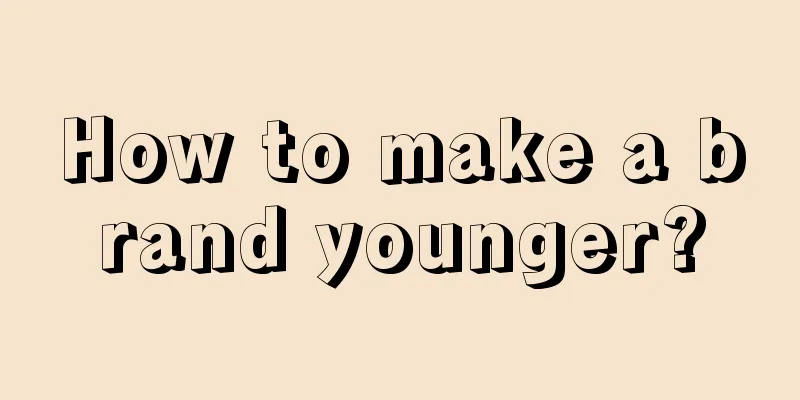5 million for an advertising slogan
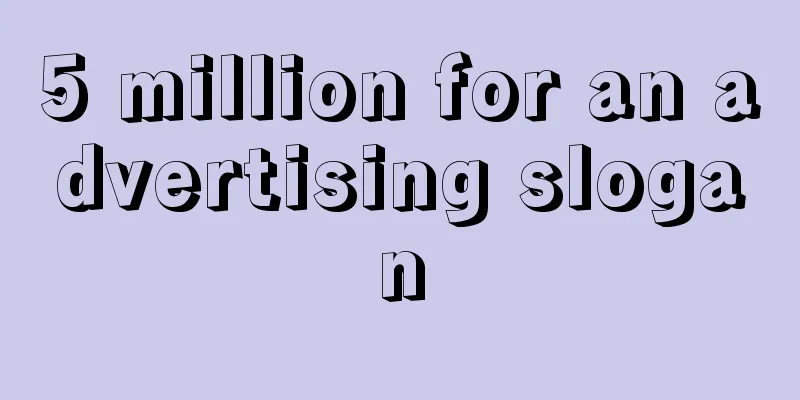
Would anyone really spend 5 million to buy an advertising slogan? It depends on how you understand the advertising slogan. 1. Advertising slogans are more than just slogansMany marketing consulting companies and even some advertising companies in China can quote a price of 5 million or even 10 million. The final deliverables, which most people can perceive, are just advertising slogans and visual systems. This kind of thing can be done by a small company with tens of thousands of dollars. Why would the client's boss be so stupid? A boss who can pay 5 million is definitely not stupid. He is paying for the strategic decision-making system behind the advertising slogan. A brand or product may have many features or may be mediocre. At a specific strategic stage of brand development, how to sort out the company's resource endowment, determine the value focus, and ultimately gain an advantage in the fierce market competition, the client's boss sometimes needs external wisdom to provide a basis for strategic decision-making. This is the value of consulting. For a company with hundreds of millions or even billions of dollars in annual revenue, 5 million is expensive for a major decision-making basis for brand strategy. Not at all. Too cheap. The boss is buying the basis for strategic decision-making, not a witty remark that comes to mind. 2. The Value Theory Behind Advertising SlogansBruce Bendinger said in his book "Advertising Copywriting Training Manual" that advertising strategy needs to determine the core advantages from brand value. Brand value is like a ladder, which can be roughly divided into:
The lower positions on the ladder are related to products, the higher positions are related to consumers, and the highest level is called values. Top brand slogans have formed distinct values, such as Apple's "think different" and Coca-Cola's "open happiness". The consulting significance behind the advertising slogan is to determine where the brand value falls on the ladder. In his book Marketing Notes, Mr. Xiao Ma Song cited Professor Kevin Lane Keller’s theory of consumer demand in his book Strategic Brand Management and developed three types of brand value. This is the most easy-to-understand methodology I have seen for explaining brand value.
Which value can best meet customer needs? Which value can maximize corporate profits by promoting it at each stage? How to increase the total value of the brand? This involves strategy. 3. Strategic selection of advertising slogansWhat is strategy? Professor Wang Zhigang said that strategy is how we do the right things and do things right when we face important decisions at a critical stage. The former is thinking, and the latter is ability. Many people know the slogan "If you are afraid of getting a sore throat, drink Wanglaoji" or "If you are afraid of getting a sore throat, drink Jiaduobao". The two brands once fought to the death over this slogan. What is less known is that herbal tea was originally used as a medicine in Guangdong. More than ten years ago, I went to a clinic in Guangdong to see a doctor. When I got my medicine, I was given a few packets of homemade herbal tea by the clinic. I was very confused because I thought that all medicines in Guangdong had to be taken with herbal tea. Therefore, although Wanglaoji has been targeting the treatment of “heatiness”, its initial value focus was “health” and its slogan was “healthy family, always together”. There was nothing wrong with the perception of the corresponding medicine, but the market response was lukewarm. From the functional value of medicine for treating internal heat to the experience value of beverage for preventing internal heat, this is a major decision in marketing strategy. Using the strategic thinking of making beverages to promote the “fear of internal heat” brand everywhere, matching the execution ability to enter thousands of channels, the brand has achieved great success. As for the separation from Jiaduobao, that is a story for later. Nongfu Spring’s early advertising slogan was “Nongfu Spring is a little sweet”, which was a far-reaching slogan; but it was later changed to “We don’t produce water, we are just nature’s porters”, which was also very successful. Both focus on the experience value. In addition to quenching thirst, one focuses on taste and the other emphasizes the quality of the water source. I have no idea about the brand strategy behind Nongfu Spring, so I can only make a blind guess. "Nongfu Spring is a little sweet" does differentiate it from other pure water brands, but is this its competitive barrier? Is it really sweet? Does it match the actual drinking experience of consumers? Pure water theoretically has no taste. If it has a taste, it means it is not pure. In an era when even Coca-Cola has a sugar-free version, "sweetness" no longer seems to be the right strategic choice. People are increasingly inclined to consume pure natural things, so Nongfu Spring positions itself as "nature's porter." 4. Pseudo-advanced brand valueWhen a brand faces a strategic choice, the focus of brand value must be to push the brand into a larger market in order to create greater profits. Red Bull's strategic decision is quite controversial in the industry. Red Bull changed its slogan from “Drink Red Bull when you are tired and sleepy” to “Your energy is beyond your imagination”. Some people believe that this is a brand upgrade, which upgrades the value focus from the functional level to the spiritual experience level. This is quite different from Coca-Cola's open happiness. Happiness is a top value with a huge market. Although stimulating potential has a positive value, the market is too small. You may feel tired and sleepy every day, but you don't need to stimulate your potential every day. Instead, you lose the foundation of functional drinks. It's like a general giving up his base camp to capture a small city with no strategic value. Sometimes brand upgrades seem to be an advancement in brand value, but in fact they are a regression in market value. Red Bull's revenue has not increased since 2015, while Dongpeng Special Drink, which copied others' ideas, has repeatedly set new highs in revenue. Of course, there are more complex business reasons behind this, and it is not entirely a matter of strategic slogans. One day, when I was talking to a young colleague about "drinking Red Bull when you are tired and sleepy", he looked confused and said, isn't it "drinking Dongpeng Special Drink when you are tired and sleepy"? I was shocked that the key to brand value recognition can be completely changed in just a few years. In a few years, perhaps only middle-aged and elderly people like us who are in the marketing circle will know that "Tired and Sleepy" once belonged to Red Bull. Author: Chen Wuyong, Source: WeChat public account "Chen Wuyong (ID: wuyongzhiyong2022)" |
<<: How Pinduoduo improves its investment-to-production ratio
>>: The “essence” of brand content marketing
Recommend
From wild growth to "getting on the right track", the evolution of the short drama industry
The transformation of short plays from "rough...
Can I re-register if I failed to register with Shopee? What information do I need?
Now, whether it is domestic or foreign e-commerce,...
How many orders can Lazada place in a day? How to identify Lazada orders?
Lazada is the largest e-commerce platform in South...
Talk about brand building
If you want to build a good brand, it is essential...
Is it feasible for digital people to sell goods?
Digital people bringing goods is a new retail mode...
The next step for "new wine drinks" - rebuilding value and breaking through barriers with 5 new perspectives
What new developments will new alcoholic beverages...
Does Amazon Europe require VAT? Is VAT necessary?
Amazon VAT is a post-sales value-added tax commonl...
What are the benefits of cross-border e-commerce with a college degree? Are there any academic requirements for cross-border e-commerce?
With the development of the Internet, the cross-bo...
Rethinking Women in Business
On the past Women's Day, PROYA's marketing...
The post-00s official account operator is using cat memes to bravely enter the workplace
"Cat meme" has become the secret to the ...
Can accessories be added to Amazon auxiliary pictures? What are the precautions?
Amazon merchants need to upload products when open...
How to watch live broadcasts on Shopee Live? How to activate it?
Nowadays, more and more people like to watch live ...
Do I need to register a foreign trademark to run an independent website? What are the reasons for trademark rejection?
Nowadays, more and more merchants are running inde...
100 Keyword Forecasts 2024 | New Retail (61-70): Frugal Economy, Community Retail and Happy Retail
The report "100 Future Trends 2024" rele...
Color is enough to grasp the user's emotions
Different colors have different effects on emotion...
